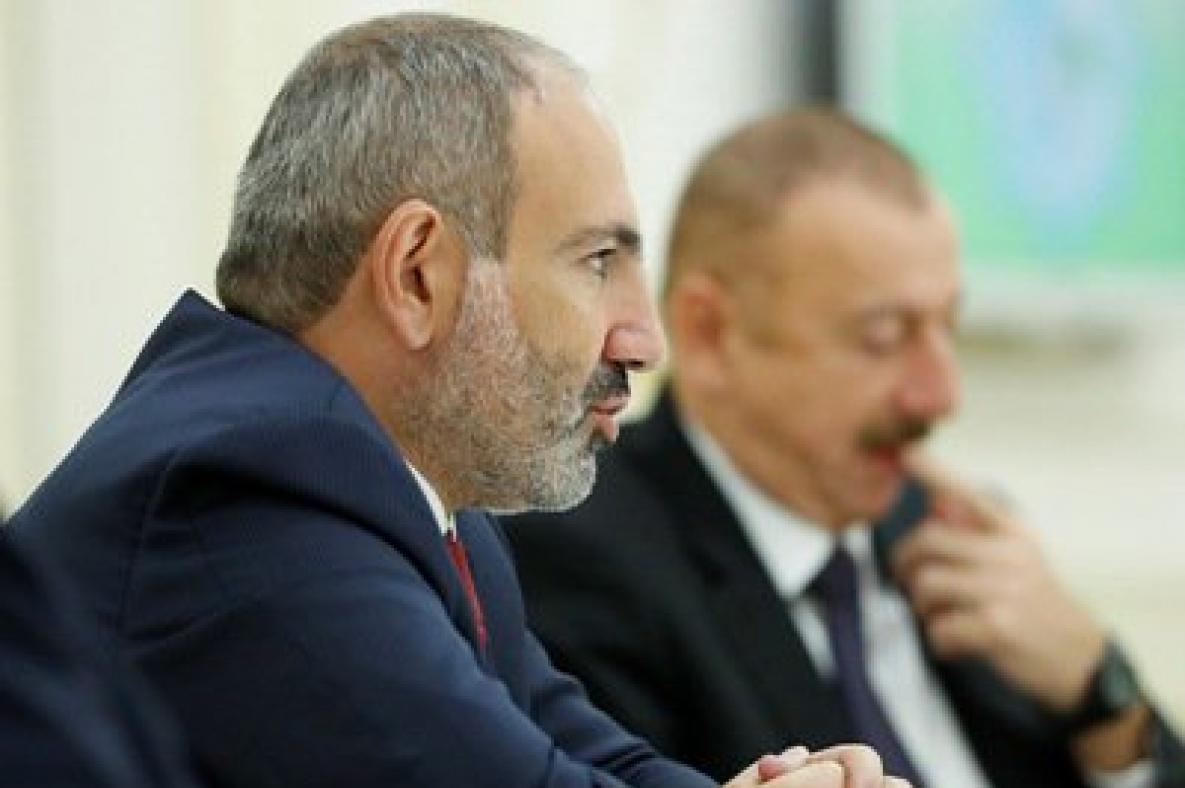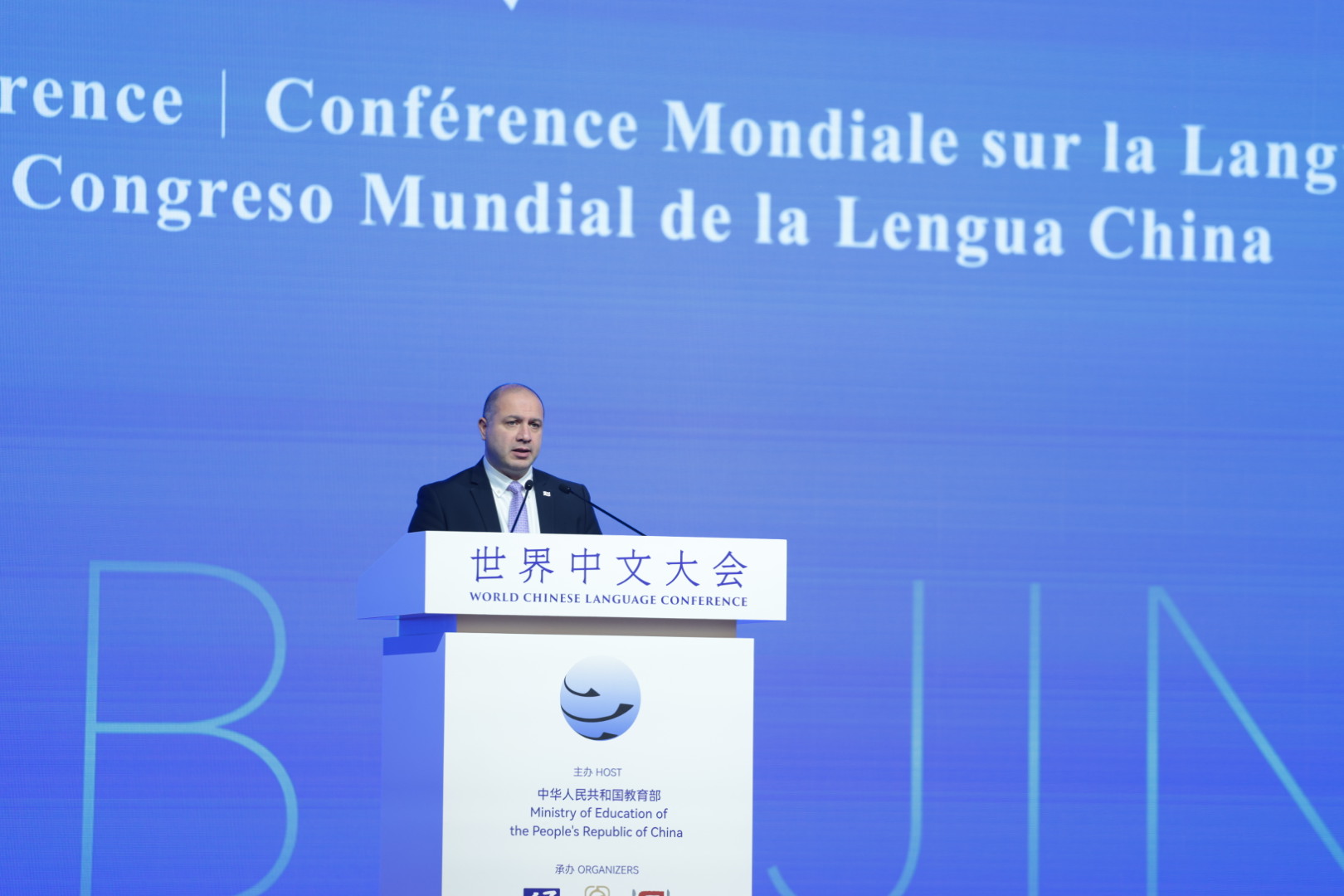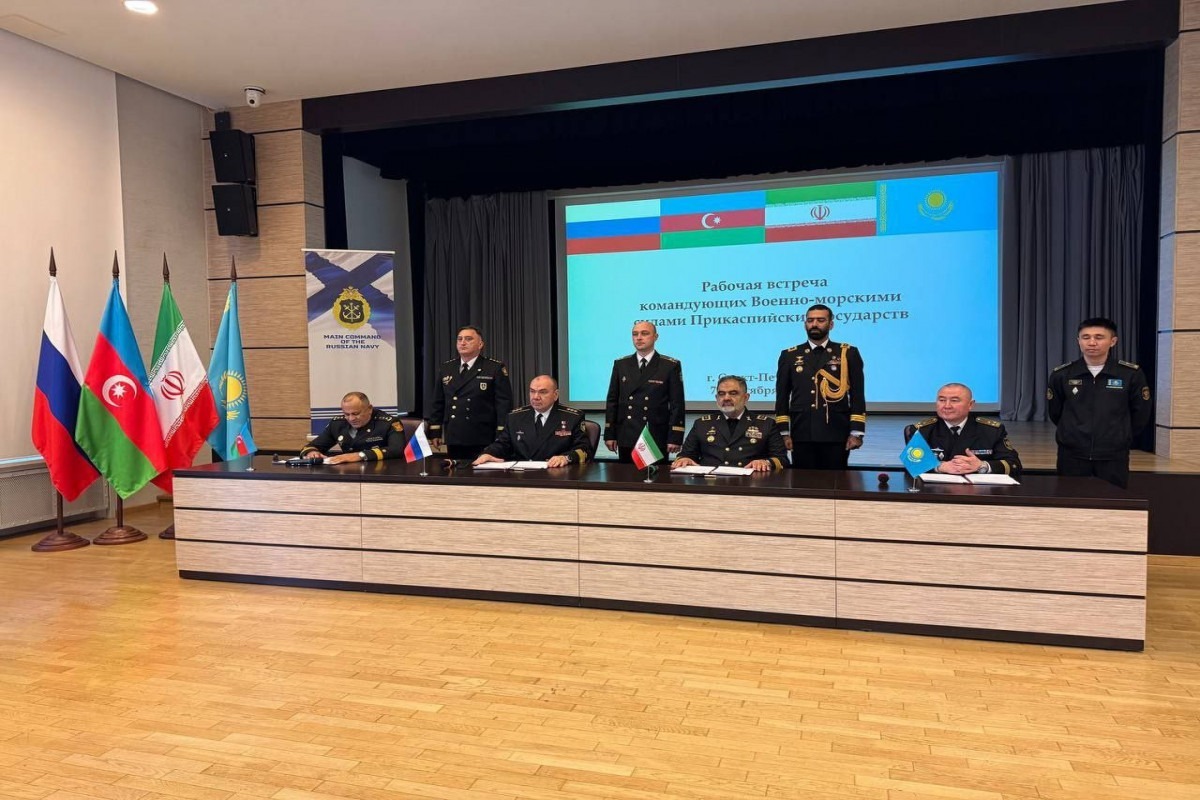
Trends and Factors Contributing to the July Border Clashes Between Azerbaijan and Armenia
Trends and Factors Contributing to the July Border Clashes Between Azerbaijan and Armenia
On July 12, the Azerbaijani border region of Tovuz and the Tavush region on the Armenian side became the new epicenter of clashes between the armed forces of the two states, with the involvement of heavy artillery and unmanned aerial drones (BBC News–Azerbaijani service, July 12). The intensive exchanges of fire resulted in the deaths of over a dozen military personnel and the destruction of local infrastructure on both sides. On July 14, Azerbaijan’s Ministry of Defense notably confirmed the deaths of Major General Polad Hashimov and Colonel Ilgar Mirzayev as a result of artillery shelling by Armenian military units (APA, July 14). Such high-level losses provoked unprecedent and spontaneous mass protests in Baku, with approximately 30,000 people flooding Azadlig (Freedom) Square and the parliament building with demands on the authorities to take a revenge on Armenia and immediately begin military mobilization (Anadolu Agency, July 15). This unsanctioned mass rally was the largest in many years and succeeded in pushing the government to take a number of measures, including kicking off a voluntary recruitment process (Oxu.az, July 16).
According to the Armenian Ministry of Defense, the current escalation along the border was provoked by the Azerbaijani side, when a military jeep allegedly illegally crossed into Armenia’s Tavush region (Facebook.com/shushanstepanyan, July 12). The Azerbaijani side, on the other hand, asserts that Armenia itself provoked the border clashes by immediately responding with heavy machine guns, mortars and artillery mounts from positions in the border village of Movses (Azertag, July 12).
Though questions persist as to exactly how the current fighting broke out, it is noteworthy that the mid-July escalation marks the first truly serious military incident since Prime Minister Nikol Pashinyan ascended to power in Armenia. Such a “short and successful military operation” against the Azerbaijani Armed Forces could arguably boost Prime Minister Pashinyan’s domestic ratings, which have been seriously damaged as a result of the worsening COVID-19 outbreak in his country (607 deceased), economic inflation, the opposition’s attacks for the prosecutions of former regime personalities (including Gagik Tsarukyan, General Yuri Khachaturov, and former presidents Robert Kocharyan and Serzh Sargsyan), as well as reform attempts in the National Security Service (Jam-News, July 16; Massispost, June 21). Recent polling in Armenia indicates growing dissatisfaction with the current political turbulence in the country; so it should come as no surprise that the government might be looking for ways to quickly boost public support (Aysor.am, July 7). The anti-Pashinyan opposition has latched on to at least the appearance of such calculations on the part of the government, with the Dashnaksutyun, Prosperous Armenia and Homeland parties all voicing their suspicions regarding the timing and location of the clashes, which broke out just three days after the prime minister’s son was demobilized from military service in Karabakh (Gazeta.ru, July 14).
The political leadership change in Yerevan in 2018 initially looked, to many observers, as an opportunity to restart peace negotiations with a clean slate. And following several face-to-face meetings between President Ilham Aliyev and Prime Minister Nikol Pashinyan, the two governments pledged “to prepare [their] populations for peace” (see EDM, February 13, 2019; EurasiaNet, January 17, 2019). But the current escalation along the border could undermine the final remnants of the ongoing peace process. Specifically, many Azerbaijani experts argue that the recent clashes in the Tovuz region are Yerevan’s attempt to establish a new zone of conflict in order to save the current status quo in the Karabakh region (RBK, July 15). Moreover, the location of the shelling creates additional risks for Azerbaijan since it is in the vicinity of critical infrastructure like the Baku–Tbilisi–Ceyhan oil pipeline, the Baku–Tbilisi–Kars railway and other trans-regional transit corridors. Further such escalation, thus, threatens to have dramatic consequences for Azerbaijan’s national security.
While both of sides continue to trade angry statements and shell each other’s territories, neighboring states have been expressing “deep concerns” regarding this latest regional flare-up. Azerbaijan’s main ally, Turkey, officially expressed its full support to Baku. And in turn, on July 16, the commander of the Air Forces of Azerbaijan, Lieutenant General Ramiz Tahirov, paid a previously unplanned visit to Ankara, where he met with Turkish Defense Minister Hulusi Akar. Azerbaijan is likely seeking additional assistance from Turkey to develop its air-defense infrastructure (EADaily, July 16).
Russia—the region’s most powerful actor and an important mediator in the Armenian-Azerbaijani conflict—has so far stayed relatively passive in response to the latest military clashes between the two sides, despite the fact that Armenia is a key Russian ally in the region and a member of the Moscow-led Collective Security Treaty Organization (CSTO). Likely, part of the reason is that Azerbaijan has been successful in pursuing a sober and balanced policy toward Russia, frequently praising the latter as a strategic partner and purchasing advanced Russian-made weaponry (see EDM, March 28, 2018. For now, Moscow appears to be signaling it will restrict its response to the diplomatic sphere: according to Russian Deputy Foreign Minister Andrei Rudenko, “[W]e will do our best to ensure peace and stability between Armenia and Azerbaijan” (EADaily, July 16).
Even as shelling along the border has continued on and off, a number of important questions remain, such as what it will take for the CSTO to finally intervene—particularly since the fighting is occurring outside of the occupied Karabakh region. For now at least, Russia seems determined to prevent its alliance from intervening militarily and will seek to halt the conflict via diplomatic channels so as not to damage its relationship with Azerbaijan. Hence, Pashinyan’s most beneficial way out of the current crisis, politically speaking, may be to try to boost his own image as a statesman by saving the status quo in the peace process.
Although, the current border fighting lays bare the many years of diplomatic stalemate and setbacks, there is still space for a phased de-escalation of the present escalation based on mutual interests. But open bilateral dialogue between Baku and Yerevan will be essential to achieving such an outcome.


